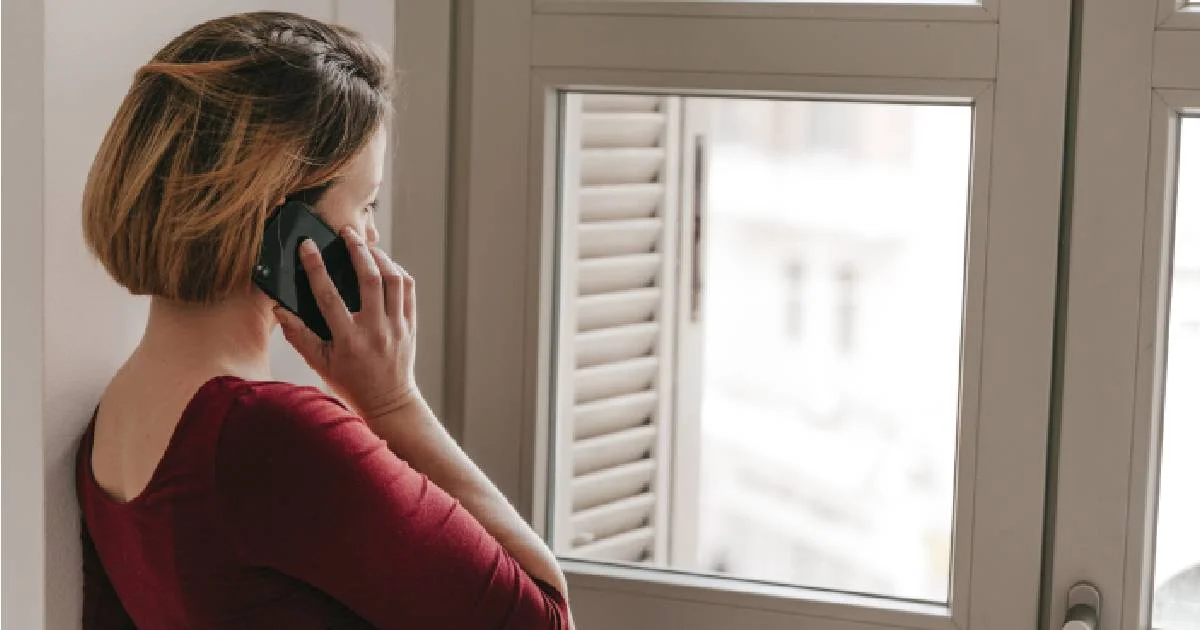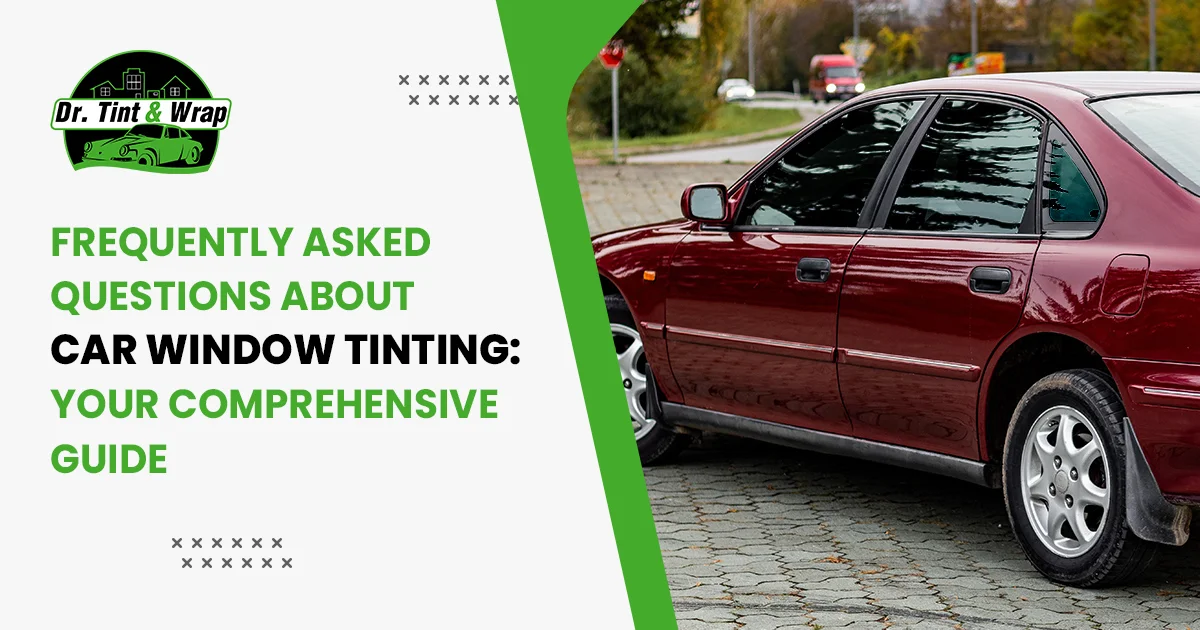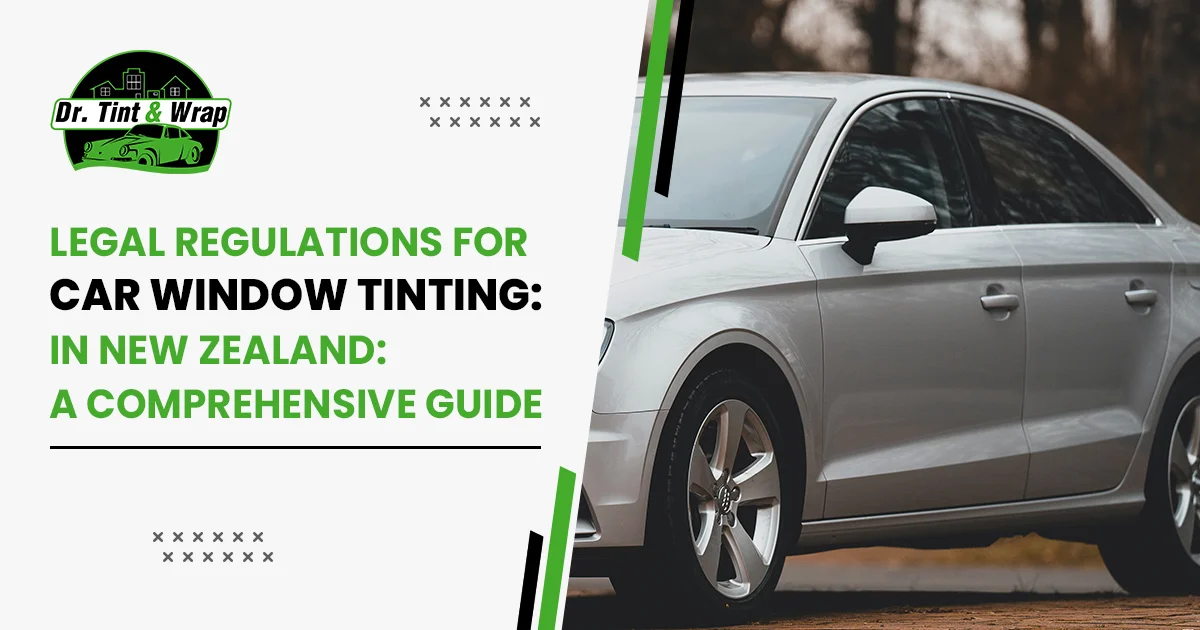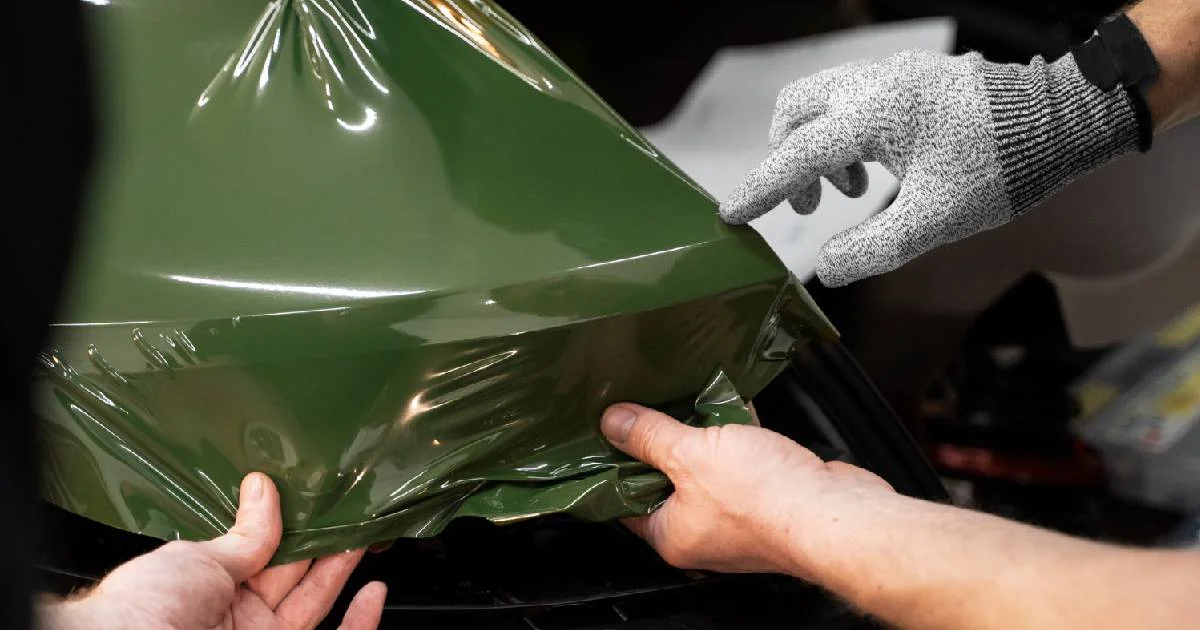
Smart Home Integration: The Future of Window Tinting for 2023
30 Oct 2023, By AdminIn a rapidly advancing world of technology and automation, our homes are becoming smarter by the day. From thermostats that adapt to our preferences to voice-controlled lighting systems, we are witnessing a revolution in the way we interact with our living spaces. Window tinting, once seen as a simple solution for privacy and heat reduction, is also stepping into the future.
The Basics of Home Window Tinting
Before we delve into the future of window tinting, let's start with the basics. Home window tinting involves applying a thin film to the interior or exterior of your windows. These films are designed to reduce the amount of visible light, UV rays, and heat that enters your home. They offer several benefits, including:
- Energy Efficiency: Tinted windows can help regulate indoor temperatures, reducing the need for excessive heating or cooling, thereby saving energy and lowering utility bills.
- Privacy: Tinted windows can provide privacy by preventing outsiders from peering into your home while maintaining your view of the outside.
- UV Protection: Tinted windows block harmful UV rays, protecting your furniture, flooring, and artwork from fading and sun damage.
- Glare Reduction: Tinted windows can significantly reduce glare on screens, making it more comfortable to watch TV or work on a computer.
- Enhanced Security: Some advanced tints can reinforce your windows, making them more resistant to shattering.
Smart Home Integration
The integration of window tinting into the broader ecosystem of smart homes is undoubtedly one of the most exciting developments in the field. Here's how it's evolving in 2023:
- Automated Tint Control: Smart window tinting allows homeowners to control the tint level of their windows with a simple touch of a button or a voice command. Through smartphone apps or smart home systems like Amazon Alexa or Google Home, you can easily adjust the tint to suit your preference, time of day, or specific needs. For example, you can schedule your windows to tint at certain hours to reduce heat and glare during the brightest parts of the day.
- Sunlight Sensing Technology: Many modern window tinting solutions are equipped with sunlight sensors. These sensors can detect the intensity of sunlight and automatically adjust the tint level accordingly. When the sun is at its peak, the tint darkens to block excessive heat and glare. As the day transitions into evening, the tint lightens to allow more natural light into your home.
- Integration with Smart Home Systems: Smart window tinting is now seamlessly integrated with other smart home systems. This means that you can coordinate your window tinting with other smart devices in your home. For instance, if your thermostat detects a rise in temperature, it can trigger your window tinting to darken, helping your HVAC system maintain a comfortable indoor environment more efficiently.
- Voice Commands: Voice-activated controls are becoming increasingly popular in smart homes. Window tinting can now be adjusted with a simple voice command. Imagine saying, "Alexa, tint the living room windows," and watching as your windows respond accordingly. This level of convenience and automation is making life in a smart home even more enjoyable.
- Energy Efficiency: Smart window tinting not only enhances comfort but also contributes to energy savings. By working in conjunction with your smart thermostat, it ensures that your home remains at an optimal temperature. This reduces the load on your heating and cooling systems, ultimately lowering your energy consumption and utility costs.
Conclusion
In 2023, home window tinting has evolved from a simple, passive solution to an integral part of the smart home ecosystem. It not only provides the traditional benefits of privacy, UV protection, and glare reduction but also contributes to energy efficiency and enhances the overall quality of life in your home. With the integration of automation, sunlight sensors, and compatibility with other smart devices, the future of window tinting is undoubtedly bright.
As technology continues to advance, we can expect even more exciting developments in the world of home window tinting. The future is now, and it looks clear, comfortable, and smart, thanks to these innovative solutions that are transforming our living spaces. So, if you haven't considered smart window tinting for your home, it might be time to embrace the future of living comfortably and efficiently.

Frequently Asked Questions about Car Window Tinting: Your Comprehensive Guide
30 Oct 2023, By AdminCar window tinting has become increasingly popular for its numerous benefits, from enhancing privacy and aesthetics to protecting against harmful UV rays. However, with its rising popularity, there come several questions. In this blog post, we'll address some of the most common queries people have about car window tinting, providing accurate and informative answers to help you make an informed decision.
1.Why should I tint my car windows?
Car window tinting offers several benefits, including UV protection, heat reduction, glare reduction, enhanced privacy, and safeguarding your vehicle's interior from fading. It also adds to the overall aesthetics of your car.
2. Is car window tinting legal?
Yes, but the legal limits vary by state and country. It’s crucial to check local regulations. Most places have restrictions on how much visible light can pass through the tint. Professional tinting services are typically aware of local laws and ensure your tinting adheres to these regulations.
3. Can window tinting prevent my skin from getting damaged by UV rays?
Yes, quality window tints block a significant amount of UV rays, reducing your exposure and minimizing the risk of skin damage. This protection is especially important for people who spend a lot of time driving.
4. Does window tinting interfere with visibility, especially at night?
When professionally installed, window tints should not interfere with visibility, both during the day and at night. It’s essential to choose an appropriate tint shade and have it installed correctly to ensure clear visibility.
5. How long does the tinting process take?
The time taken to tint your car windows depends on the type of vehicle and the complexity of the job. On average, it takes a professional installer a few hours to complete the process. However, this can vary, so it’s best to check with the service provider.
6. Can I wash my car immediately after tinting?
No, you should wait a few days before washing your car after window tinting. This allows the adhesive to cure completely, ensuring the tint adheres properly to the glass. Follow the specific guidelines provided by the tinting professional for the best results.
7. How long will window tinting last?
The lifespan of window tinting varies based on the quality of the tint and the installation. High-quality tints, when professionally installed, can last between 10 to 15 years. Regular maintenance and cleaning also play a role in prolonging the tint’s life.
8. Can I tint my windows myself with a DIY kit?
While DIY kits are available, professional installation is recommended for the best results. Professional installers have the expertise and tools to ensure the tint is applied evenly and without bubbles or imperfections. DIY tinting can often result in subpar outcomes.
9. Will window tinting interfere with my car's electronics or radio signals?
No, high-quality window tints do not interfere with your car’s electronics or radio signals. Modern window films are designed to be non-conductive and won’t disrupt your vehicle's electrical systems.
10. How do I maintain my tinted windows?
Maintaining tinted windows is relatively easy. Clean them with a mild, non-ammonia-based cleaner and a soft cloth. Avoid using abrasive materials that could scratch the surface. Regular cleaning helps maintain the tint's appearance and longevity. In conclusion, car window tinting is a practical and valuable investment for your vehicle. By understanding the process and benefits, you can make an informed decision and enjoy the many advantages that tinted windows offer. Always opt for professional installation to ensure a high-quality and long-lasting result.

Legal Regulations for Car Window Tinting in New Zealand: A Comprehensive Guide
30 Oct 2023, By AdminCar window tinting has become a popular choice for vehicle owners in New Zealand, offering benefits such as privacy, UV protection, and heat reduction. However, it’s crucial to understand and adhere to the legal regulations surrounding window tinting to avoid fines and ensure road safety. In this blog post, we will explore the laws regarding window tinting in New Zealand and provide essential tips for staying within legal limits.
Understanding New Zealand's Window Tinting Regulations
1. Light Transmission: According to New Zealand law, the front windscreen must have a minimum of 70% light transmission, while the front side windows (the windows adjacent to the driver and front passenger) must have a minimum of 35% light transmission.
2. Rear Windows: There are no specific regulations regarding the tint darkness for rear windows, but it is recommended to maintain good visibility, especially at night.
3. Reflectivity: Window tints must not be highly reflective to the extent that they impair the driver’s vision or distract other drivers.
4. Tinting Film Quality: The tinting film used must be of high quality and not damaged or discolored, ensuring clear visibility.
Tips for Staying Within Legal Limits
1. Choose Professional Installation: Opt for professional window tinting services. Experienced technicians are aware of the legal limits and can ensure your tinting complies with the regulations.
2. Ask for Legal Tints: When getting your windows tinted, clearly specify to the service provider that you need tints that comply with New Zealand regulations. Reputable providers will use films that meet legal standards.
3. Avoid DIY Tinting Kits: Do not attempt to tint your windows using DIY kits unless you are confident about adhering to legal limits. Incorrect installation can result in darker tints, leading to legal consequences.
4. Regularly Check Tint Condition: Over time, window tints can deteriorate, becoming darker or developing bubbles. Regularly inspect your tints and replace them if they no longer meet the legal standards.
5. Educate Yourself: Familiarize yourself with the local regulations. Understanding the legal limits will help you make informed decisions about your vehicle’s window tinting.
Responsible vehicle ownership includes complying with legal regulations to ensure road safety and avoid legal issues. By adhering to New Zealand’s window tinting laws and following the tips mentioned in this guide, you can enjoy the benefits of window tinting while staying within the boundaries of the law. Remember, when in doubt, consult professionals who can guide you in choosing the right window tints that meet both your needs and legal requirements. Safe driving starts with clear visibility, so let’s tint responsibly and enjoy the many advantages it offers within the legal limits of New Zealand.

What is the cost of wrapping a car?
30 Oct 2023, By AdminWhat is the Cost of Wrapping a Car?
Car wrapping has become an increasingly popular way for vehicle owners to change the appearance of their cars without the permanence of a paint job. But what exactly goes into the cost of car wrapping? In this blog, we'll dive into the factors that influence the price of car wrapping, helping you understand what to expect if you decide to give your car a fresh new look.
Understanding Car Wrapping
Car wrapping involves applying a vinyl film over the surface of your vehicle. This process allows for a variety of finishes, including matte, gloss, satin, and even custom designs. Unlike traditional paint, a car wrap can be removed without damaging the original paint, making it a versatile and reversible modification.
Factors Affecting the Cost of Car Wrapping
The cost of car wrapping can vary significantly based on several factors. Here are the key elements that influence the overall price:
- Vehicle Size and Type
The size and type of your vehicle are primary determinants of the wrapping cost. Wrapping a small sedan is generally less expensive than wrapping a larger SUV or a luxury sports car. This is because larger vehicles require more vinyl material and more labor hours to cover all the surfaces properly. - Vinyl Quality and Finish
The quality of the vinyl and the type of finish you choose play a significant role in the cost. High-quality vinyl from reputable brands such as 3M or Avery Dennison can cost more but offers better durability and appearance. The finish also impacts the price; specialty finishes like matte, chrome, or carbon fiber tend to be more expensive than standard gloss or satin finishes. - Design Complexity
If you opt for a custom design or a wrap with intricate patterns and graphics, the cost will increase. Custom designs require additional time for design, printing, and installation. Simple, single-color wraps are typically more affordable. - Installation Labor
Labor costs vary based on the installer’s expertise and location. Professional installers with a proven track record may charge more for their services, but they also ensure a higher-quality finish. In metropolitan areas or places with a high cost of living, labor rates may be higher compared to rural areas. - Surface Preparation
Before applying the vinyl wrap, the car's surface must be thoroughly cleaned and prepped. If your vehicle has scratches, dents, or other imperfections, these need to be addressed, which can add to the overall cost. Some shops include minor prep work in their pricing, while others may charge extra. - Additional Features
Additional features such as wrapping door jambs, interior trims, or wheels can also increase the cost. These are often considered add-ons and are priced separately.
Average Cost Breakdown
To give you a general idea, here’s a rough estimate of car wrapping costs based on vehicle size and type:
- Compact Car (e.g., Honda Civic, Ford Focus): $1,500 - $3,000
- Mid-Size Sedan (e.g., Toyota Camry, BMW 3 Series): $2,000 - $4,000
- SUV/Truck (e.g., Ford Explorer, Chevrolet Tahoe): $3,000 - $5,000
- Luxury/Sports Car (e.g., Porsche 911, Tesla Model S): $4,000 - $10,000
These prices can vary depending on the factors mentioned earlier.
Is Car Wrapping Worth the Cost?
Car wrapping offers several advantages that can justify the cost:
- Customization: You can achieve a unique look that stands out.
- Protection: Vinyl wraps protect the original paint from minor scratches and UV damage.
- Reversibility: If you want to revert to your car's original color or change the design, you can simply remove the wrap.
- Resale Value: Preserving the original paint can help maintain the vehicle’s resale value.
Conclusion
Car wrapping can be a worthwhile investment for those looking to personalize their vehicle or protect its paint. The cost of car wrapping varies based on factors such as vehicle size, vinyl quality, design complexity, labor, surface preparation, and additional features. By understanding these factors, you can make an informed decision and choose a car wrapping service that fits your budget and needs. Whether you’re looking for a bold new look or subtle sophistication, car wrapping offers endless possibilities to transform your vehicle’s appearance.
